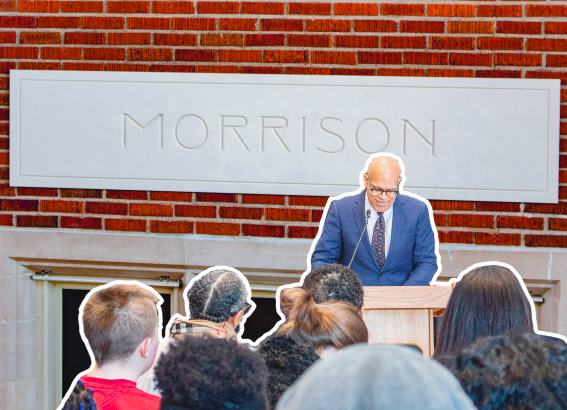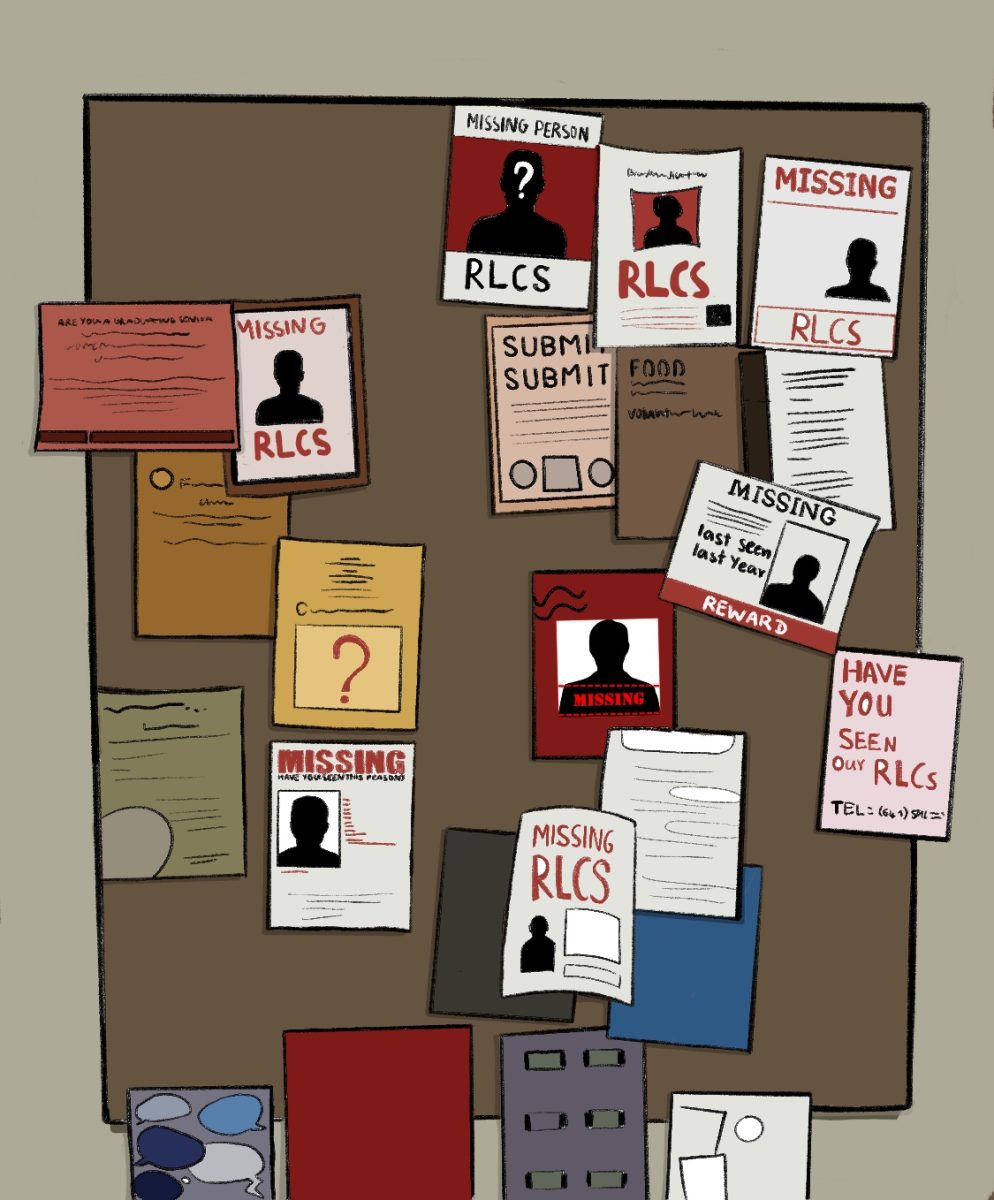By Shabana Gupta
guptasha@grinnell.edu
The name of Toni Morrison, renowned American author and intellectual, will be the first inscribed on the walls of the atrium of the HSSC at Grinnell College, an inscription that both echoes and updates the thoughtleaders’ names engraved on the wall of Carnegie Hall.
The frieze of Carnegie Hall, built in 1908, carries the names of thought leaders of the Western canon long passed, such as Plato, Darwin and Goethe. In initiating the project “Inscriptions for the Future,” President Raynard Kington said that he aims to broaden the group of intellectuals recognized by the College as thoughtleaders in the contemporary age.
“There’s a lot of validation for her being a real intellectual leader in our generation,” Kington said of the choice to name Morrison as the first inscription, which he said was prompted by her recent death in August 2019.
Morrison was the 1993 Nobel laureate in literature, the first and only African American author and one of few women to win the award. She examined themes of Black subjectivity, Black motherhood and slavery and its afterlife in both her novels and critical work to widespread acclaim, both critical and popular.
In a talk introducing the inscription project on Wednesday, Feb. 19, Dr. Shanna Benjamin, a former professor of English at Grinnell, spoke about the history of Black women writers in the academic field and how they were influenced by Morrison. When opening the talk, Benjamin recognized the Native Americans who lived on the land before it was taken from them.
Benjamin made sure the group knew this wasn’t just a talk about Morrison. It was about the history of Black women writers that lead Morrison to become who she was, and it was a recognition of the impact that she had on other Black women writers, including herself. Sections of her speech were told through the narrative of Benjamin’s mentor Nellie McKay. Benjamin spoke of a time when McKay was denied tenure by her department chair on the basis of insufficient scholarly work, and how she decided to interview the relatively unrecognized Toni Morrison in spite of her chair’s disapproval.
“For McKay it was the key for a new way of knowing,” Benjamin said.
Benjamin outlined Morrison’s impact on Black women both in scholarship and in life. She spoke of how Morrison and other Black woman scholars were criticized by Black men for being ‘race betrayers,’ told that their writings were enforcing stereotypes though spreading truth of their community through literature.
Morrison worked to create a space for Black women scholars to engage in literature and intellectual conversations about history through their experiences and those that came before them, asserted Benjamin.
She said that thanks to the lineage of mentorship that runs through Morrison, she has found space for within English departments where Black women’s literature is seen as integral to the area of study. After Benjamin received tenure, she began teaching using primarily Black women’s academic writings.
“It was all Black women, all the time,” she said. Benjamin found that teaching Morrison’s works was what people needed, especially Black women students.
C’Erra Houston ’21 feels inscribing Morrison’s name is a good first step. “I hope that the names that get added help to enhance identities on this campus that don’t get talked about the way that white men and white women get talked about,” she said.
Raven McClendon ’22 wants to see more. “Now that her name is in this building I would like to see education now changes after that, since we’re going to actually see it in our architecture,” she said.
Kington expects that the inscription will continue to open a discourse among students and faculty about who is read, taught and heard in academic spaces.
Kington said that this conversation will continue in deciding on the other names to be engraved on the wall of the atrium.
Not every name will be as easily decided on as Morrison’s. “What’ll be challenging will be dealing with the complexity of humans. Even Gandhi, he did things that were not so great,” Kington said. “That will be the interesting part, dealing with the complexity of people.” Kington hopes that the intellectual engagement that occurs through the decision process will help motivate students and faculty to keep learning.
“It’s a part of the maturation process, I think it is an integral part of the education process as you look and see ‘what did that person write’ that’s all about education, sort of taking ideas from other people and sort of processing them and learning it and sometimes rejecting them,” said Kington. “As long as the human experience is continuing, there’ll be people coming up with new ideas.”
Kington said that the inscriptions will serve as a charge to all to continue their search for knowledge, ongoing since the installation of the Carnegie frieze in 1908.
“We were telling an incomplete story. It wasn’t complete in 1908, and it sure as hell isn’t complete now,” Kington said. “To not take the opportunity would be a mistake, to really capture more people and different people is important.”





































































